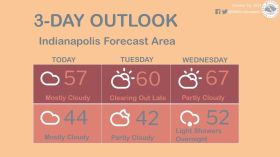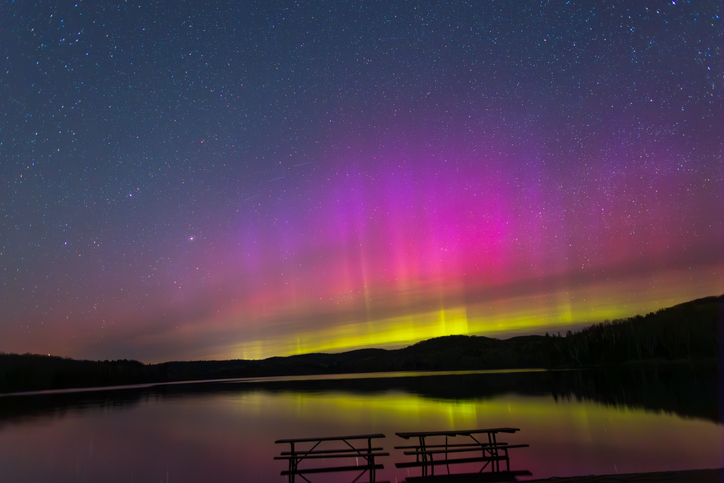
Source: Yang Jin / 500px / Getty
Hoosiers and residents of 16 other states might have a unique opportunity to witness the awe-inspiring beauty of the northern lights. They are also known as the aurora borealis. While typically associated with far northern regions, Indiana is among the states where the phenomenon may be visible. If you’ve always wanted to see the northern lights, here’s everything you need to know to catch a glimpse.
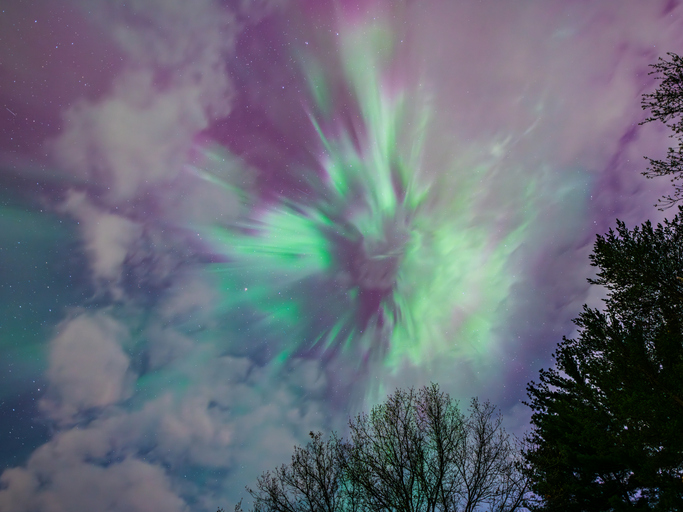
Source: Jonah Lange / Getty
Northern Lights in Indiana:
On Thursday, July 13, the northern lights are expected to be visible in the northern parts of Indiana, weather permitting. Additionally, there is a chance that they might appear low on the horizon in Indianapolis. To increase your chances of viewing this natural spectacle, it is recommended to find a location away from city lights and light pollution.
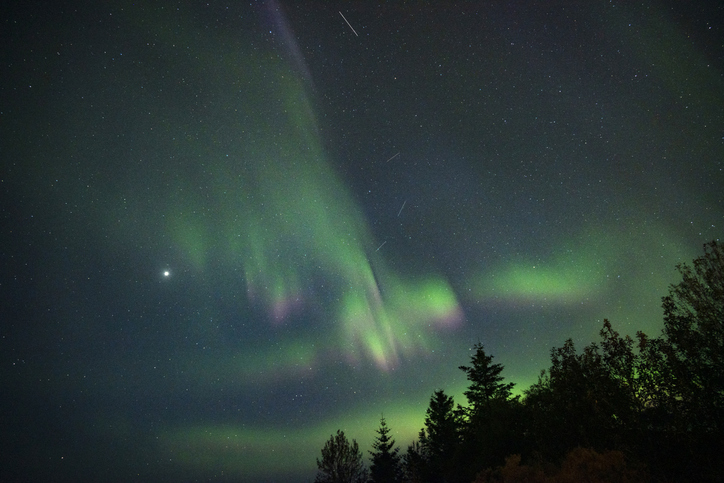
Source: Ming Yeung / Getty
Best Time for Viewing:
The optimal time to observe the aurora borealis is between 10 p.m. and 2 a.m. local time. The NOAA Space Weather Prediction Center says to keep in mind that the brightness of the lights depends on the level of geomagnetic activity. NOAA will release its own forecast as the date approaches, providing information for planning your viewing experience.
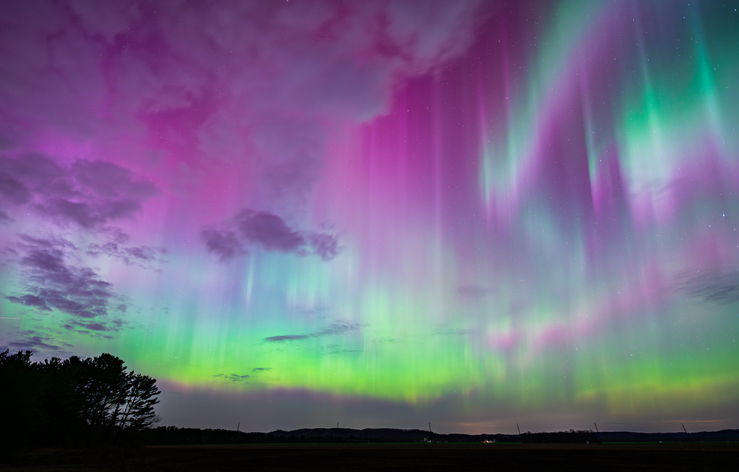
Source: Jonah Lange / Getty
Other States Where the Northern Lights May Appear:
Apart from Indiana, the following states may also have the opportunity to witness the northern lights this week: Alaska, Montana, North Dakota, South Dakota, Minnesota, Wisconsin, Michigan, Maine, Maryland, New York, New Hampshire, Washington, Vermont, Idaho, Oregon, and Wyoming.
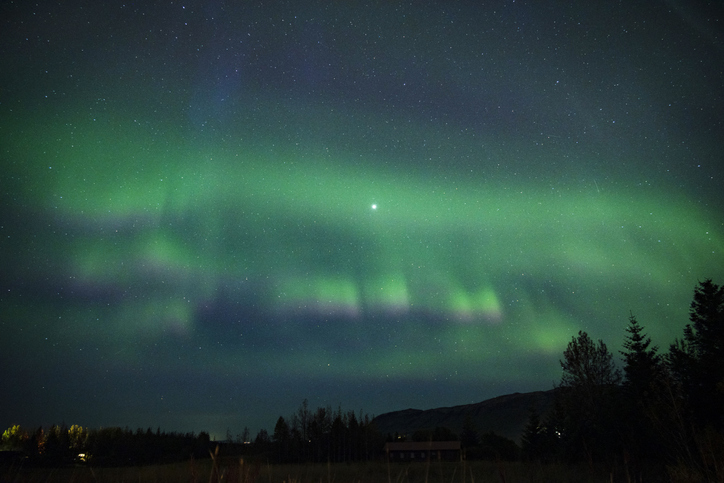
Source: Ming Yeung / Getty
Understanding Aurora Borealis:
The northern lights are a breathtaking natural phenomenon characterized by colorful lights visible in the night sky. The lights are more commonly observed closer to the North and South poles. They have occasionally been spotted closer to the Equator. To catch a glimpse, simply look in the direction of the closest pole. For us that is north towards the Northern Hemisphere.
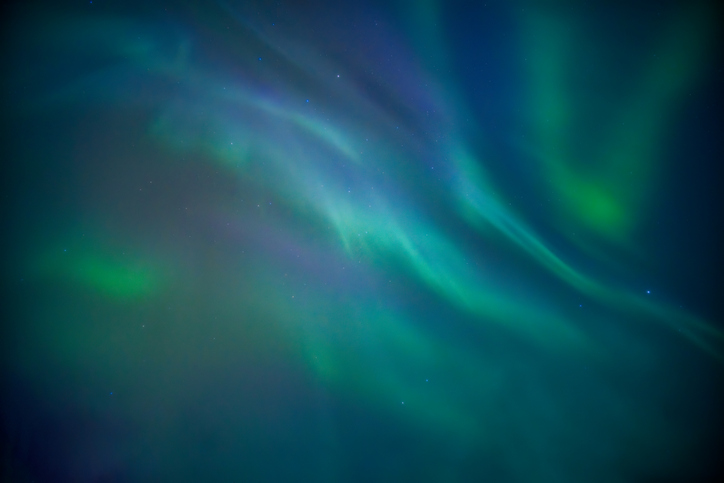
Source: Mumemories / Getty
Causes of the Northern Lights:
The aurora borealis is usually triggered by solar winds emanating from the sun and interacting with the Earth’s magnetic field. Markedly, this interaction creates a spectacular display of lights in the atmosphere.
Finally, you can seize this rare opportunity to witness the northern lights. Make sure to check weather conditions. Also, seek out dark and unpolluted areas. Finally, prepare to be amazed by the dazzling dance of colors in the night sky.


